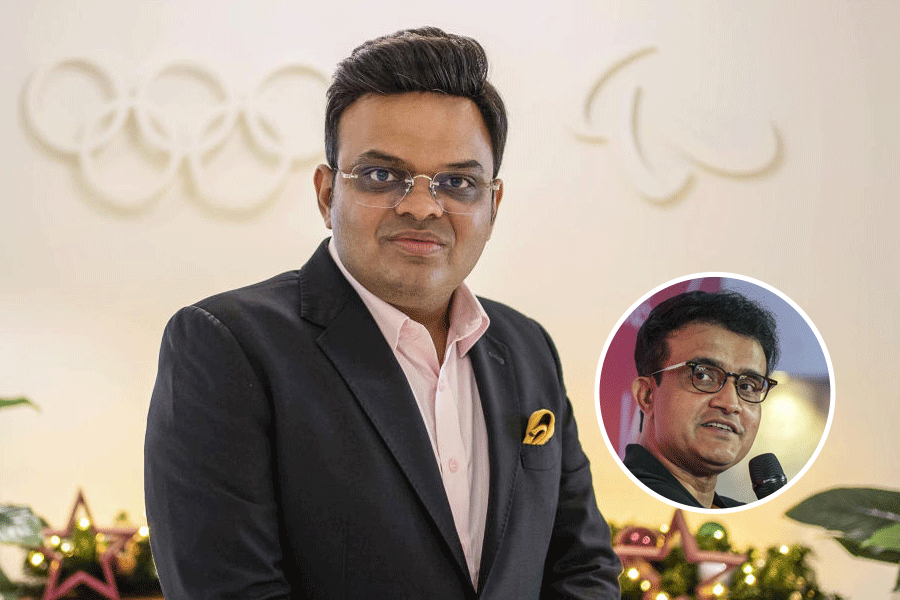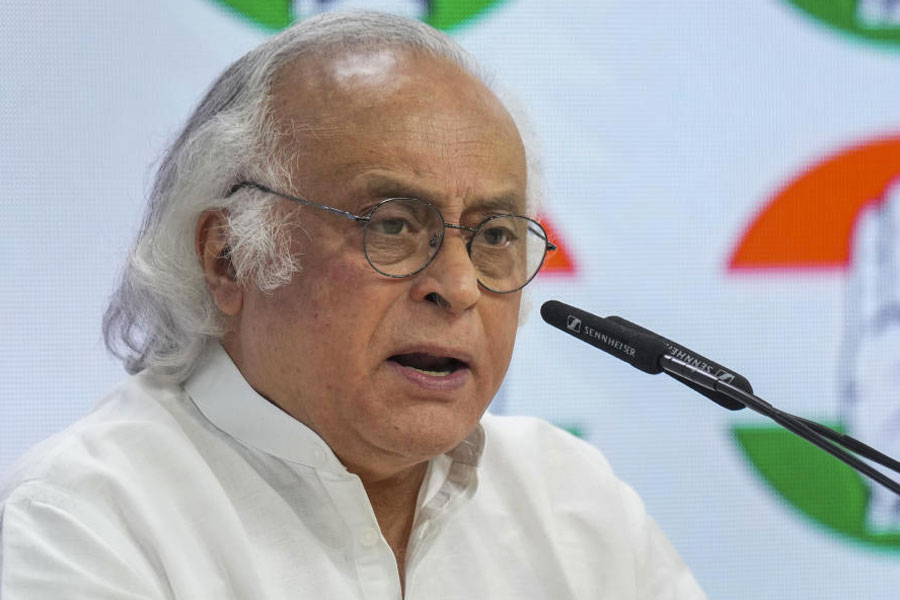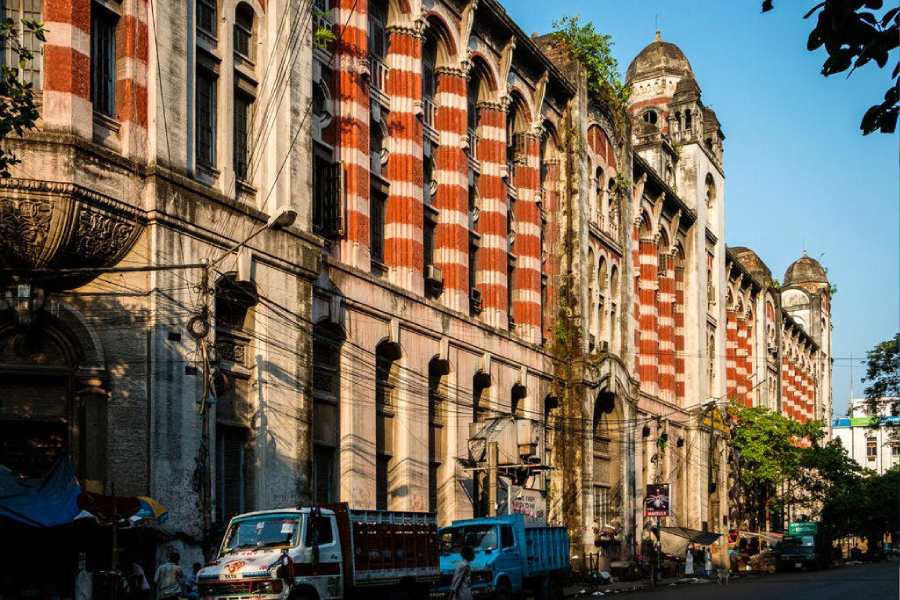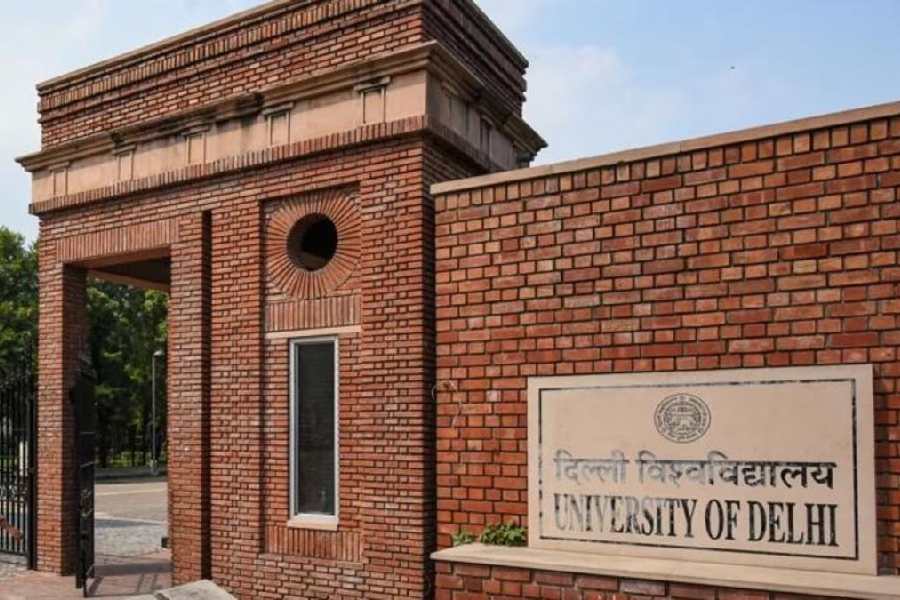The world is now going through a phase that is in the search of a “modern identity” while holding on to the identity of their motherland. In the case of India, the identity has been influenced and transformed by cultures from outside as outsiders had ruled the country for a significant period in the past. There has been some pleasant infusion as well as a few destructive ones. Artistic expressions of such nature continue to exist.
Infusions such as wearing kurta with western attires and art forms such as Moghul tamsa in the folk theatre form of Odisha, and many more have become a part of our culture.
The folk theatre forms have undergone “modern influences” that is reflected in the use of shades and shorts in folk performances.
But there is a growing debate about whether we should appreciate and promote infusions such as the use of electronic musical instruments and filmy tunes as attempted by folk theatre groups. There is a need to debate about the limit and scope of transformation of “tradition” into “modern”.
A 900-year-old traditional theatre form of Japan “Noh” can be seen in its original and modern form at Tokyo’s national theatre auditorium. To give the audience a feel of the primitive ambience, the atmosphere play is performed under light of lamps. The older version of the play would be performed for 15 minutes in slow pace and is soon followed by a longer modernised presentation of the form.
Innovative use of the same stage space with a lot of additional modern features is appreciable. It can be a model to keep up an old tradition as well as making that as a contemporary expression.
After the ’70s, there was a search for the Indian identity in modern theatre and its struggled to come out of the British model of proscenium theatre.
But then, what are parameters that make a performance modern? Can we achieve this modern goal by sticking to the path of traditional theatre forms or by reforming it?
It is another matter that the experiments of celebrated thespians such as Badal Sircar, Habib Tanvir, K.N. Pannikar will always remain part of the rich history of Indian theatre. They are the celebrated pioneers whose innovations have set a trend and ignited the thought process.
In 1984, the Central Sangeet Natak Academy tried to assist young theatre directors, who could develop an Indian theatre idiom. It was a step forward when the Modern Indian Theatre was blamed as an “imitation of British theatre”.
Ratan Thiyam (Manipur), Probir Guha (Bengal), Bansi Kaul (Madhya Pradesh) and Balwant Thakur (Jammu & Kashmir) were pioneers in doing painful research about ‘modern’ and ‘Indian’ forms of theatre practised here.
Manoj Patnaik, Dhirendranath Mallick, Lala Biren Prasad Roy and I benefited from this scheme to adopt traditional theatre. But there have been many forceful attempts that have made theatre intentional and ugly.
Recently there was an international seminar titled “Searching for an Asian form of theatre art”. The final realisation is — there is a need to develop a voice among Asian countries to project the strength of theatre in the international platform. The theories promoted by rich countries due to their economic-political influences have been considered as mainstream guidelines. But there are varieties of indigenous theatre forms that still exist, based on discovered and undiscovered theories, being practiced by a larger mass.
The search about connection between ‘nature’ and ‘theatre’, that my group Natya Chetna follows, also has been a unique attempt of Minduelle in its theatre village in Hwasong District of South Korea.
They conduct a festival where the natural ambience of a village is decorated and arranged as the space for theatre performances. In a similar attempt in India, the Badungduppa theatre group of Assam also chose an interesting title for its theatre festival - Under the saal tree.
India should not take credit in showing its creativity in how to manipulate or innovative theatre forms pioneered by others. Is it right to claim that “mera juta hey Japani, mera patlun Englisthani….lekin dill hey Hindusthani?”
We must think — why India is not a prominent figure in the global stage of theatre. And similarly in the micro-level, Odisha is not major player on the national stage.
Institutions that teach the art of drama at the national and state level have prepared courses influenced by western drama and its practices.
There is hardly any significant feature in the syllabi to know and understand our own indigenous culture or theatre or names of experts. It is not surprising that this situation prevails due to negligible efforts in documentation or failure in giving an academic shape to our folk forms.
Folk theatre or culture has flourished when the rich or urban middle class population have turned their attention to it. Now time has come, to bridge the gap between modern and traditional forms. We must rescue our identity from the challenge of being rootless and remain floating in the mono-cultural idea of the west.
Even today, we recollect embrace tradition when there is a need to establish anything as Indian. So, let us identify that the style that embodies the true Indian spirit is contemporary as well as modern.











